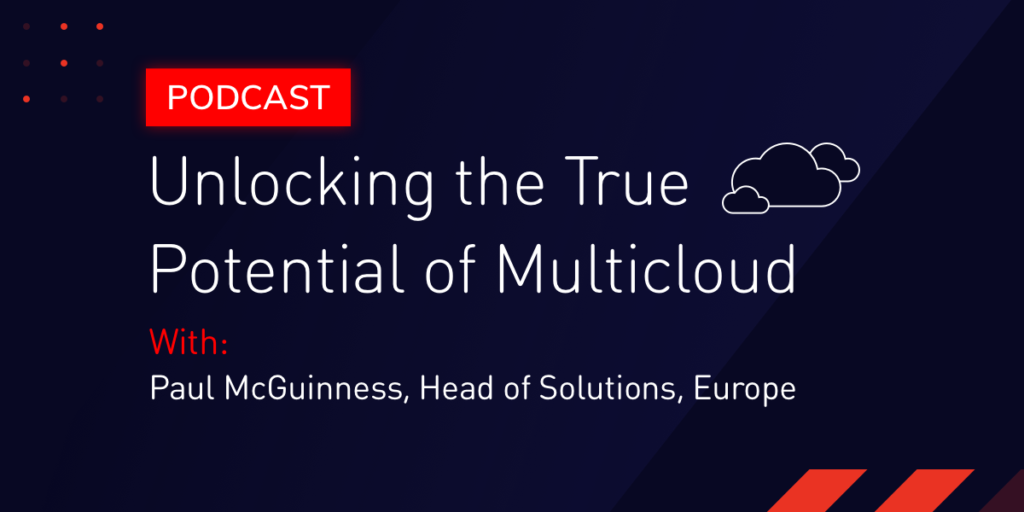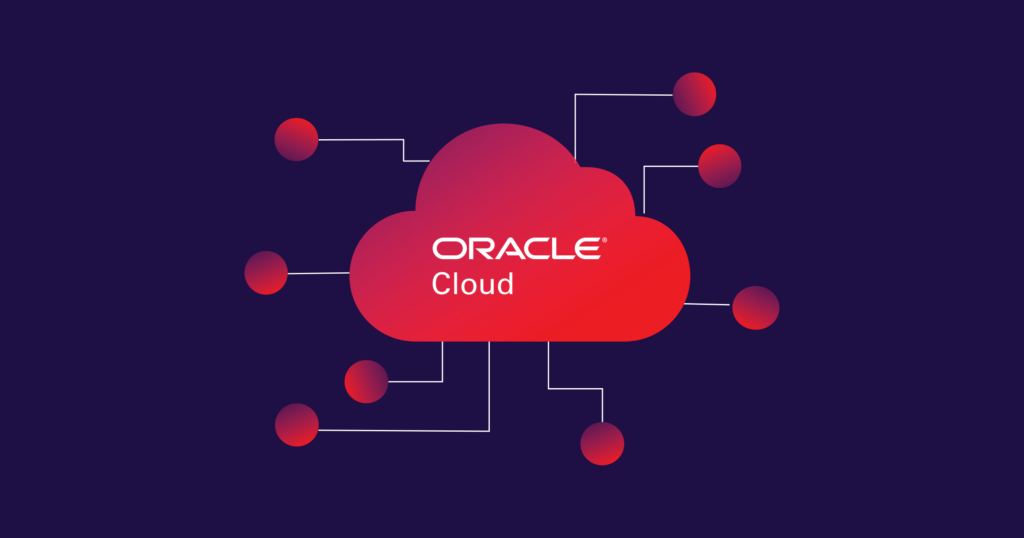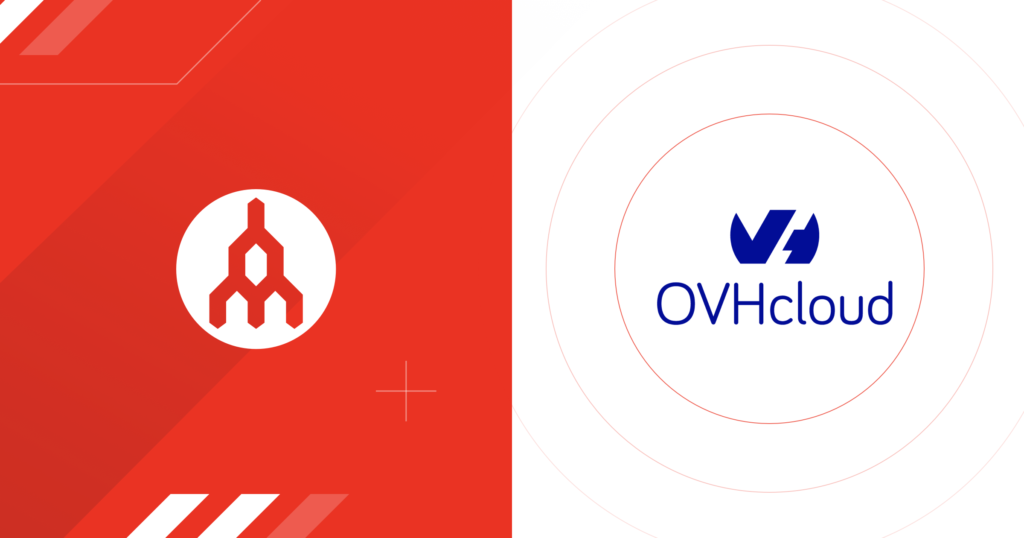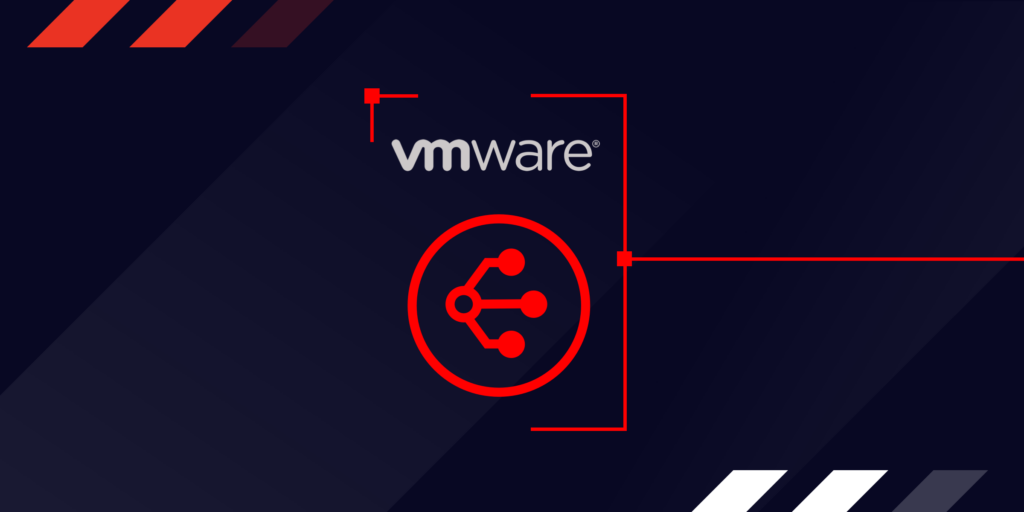
Podcast Transcript: Unlocking the True Potential of Multicloud
- January 7, 2021
**Paul McGuinness , EU Head of Solutions at Megaport, talks about the trends and challenges of multicloud solutions and _what businesses should consider when putting together their multicloud connectivity strategy. **
In this podcast with Enterprise Management 360 and EM360 Editor-in-Chief Max Kurton, Paul McGuinness, Head of Solutions for EU at Megaport, talks about the trends and challenges of multicloud solutions as well as the top considerations for businesses when putting together their multicloud connectivity strategy.
You can listen to the entire podcast at the Megaport Resource Centre.
The following transcript has been edited for length and clarity.
Max Kurton (MK): And welcome to this EM360 podcast. My name is Max Kurton. Editor-in-chief here at EM360 and your host on today’s podcast. Now today’s episode, I’m going to be joined by Paul McGuinness, who’s a solutions architect at Megaport, which is a leading Network as a Service provider.
And Paul’s going to be here to lend his expertise in a discussion around multicloud solutions, as well as the trends and challenges in the arena. And Paul’s also going to be giving us an introduction to Network as a Service and its advantages as well. So Paul, welcome to today’s podcast and thank you very much for joining me.
Paul McGuinness (PM): Hi Max. Thanks for having me here today.
MK: There’s a lot of interesting areas to cover, but I feel like if we start at the beginning and get a general understanding before we go a little bit further, because multicloud at the moment is one of the biggest trends in cloud computing. As a refresher, could you give us a quick overview of what multicloud entails and why it’s becoming so popular?
PM: So for multi-client, what we’re seeing is enterprises are deciding to use more than one cloud service provider to fulfill their needs in Infrastructure-as-a-Service, Platform-as-a-Service and Software-as-a-Service. It’s really down to where enterprises want to have the best-of-breed approach. So they want to choose the best service from the different cloud service providers to meet their requirements.
Typically that is going out, looking at what they have to offer and then choosing the best that meets their needs. An example could be analytics for Google Cloud or EC2 for AWS , maybe Office 365 for Microsoft and database for Oracle.
On top of that, there’s lots of other reasons why people would look at multicloud and it’s often down to price and the different options around services that the cloud service providers offer. But it could be down to the nuances and features. So maybe there’s a feature that’s special or cost-saving in one of the cloud providers, and that would draw a customer to using that cloud as well as using others at the same time. That could be regional differences as well because different clouds deploy their services over time in different regions.
But we’re also seeing, Max, is in some cases, it could be stealth IT. So it could be that a department in an enterprise starts using a cloud service provider for a workload. Maybe they don’t have any centralised control over who deploys what, in what location. And then over time that service becomes important and needs to be maintained going forward. So thereby the company will need to adopt that service and use it.
And then when we talked to some companies, and they don’t really think of themselves as being multicloud users whereas in fact, they are. So maybe they’re using GSuite for their day-to-day collaboration, they’re using Salesforce for CRM, and then they’re using AWS for lots of cloud workloads. It varies a lot, but those are some of the main items.
MK: There’s a lot of factors to consider. And as you say, every organisation is different for their needs and what they want. And I wanted to break that down a little bit further and get a perspective from what you’re seeing at Megaport.
What kind of trends are you seeing? And what kind of clouds are businesses wanting to bring together the most?
“When we look at our customer base, we can see over the last year that the number of customers going multicloud has doubled…We’re also seeing over 80% of enterprises with more than a thousand employees using multicloud.”
PM: It really is down to what we see is customers using the three big clouds. And it’s usually a mix of the three big clouds. And then to a lesser extent, some of the other cloud offerings as well. Those being AWS, Microsoft and Google.
When we look inside how customers are using those clouds, they’ll typically have one of those as their major usage, major amount of services in one of the clouds, and then to a lesser extent than the others. And that could be any mix depending on the company that you’re talking to.
Some things that we’re seeing with regards to trends: When we look at our customer base, we can see over the last year that the number of customers going multicloud has doubled in that period. So that could be customers who’ve gone from no clients to multicloud or going from a single cloud and then going multicloud across Megaport services.
We’re also seeing over 80% of enterprises with more than a thousand employees using multicloud. So it just kind of shows you that it’s really popular for most medium to large enterprises to be using multicloud today.
If I may, just one other sort of trend that we’re seeing is with regards to Oracle, we’re often seeing people connecting to Oracle Cloud and they’re connecting to workloads in other clouds. So for example, having that database in Oracle Cloud and then connecting to a workload that might be sitting in one of the other big three.
MK: So again, lots of factors to take into account. And it’s interesting to see those trends develop. And we’ll get to that a little bit later in the show of where we’re going to see this heading.
But if we take all of that in one bundle of things that organisations need to consider and understand before they go about this adoption process, from your standpoint, from what you’ve seen and the trends that are coming about, what are the top considerations for businesses when they’re putting together their multicloud connectivity strategy?
PM: I think it’s really important to try to understand what your departments are doing with cloud and what their vision is for cloud in the foreseeable future. Now, this is very difficult quite often to get a clear view, even from within your own organisation of what that vision could be. Companies simply don’t know. Departments simply don’t know. They just know that they need flexibility. They need to be able to adapt easily in the future.
But some of those things that you should be asking and considering are: What services do I need? Which clouds are the best at providing these services? How does the clouds cost out? Which is looking the best when you put it into a spreadsheet and work it all out? What cloud regions do I need to deploy in? How am I going to connect to these services? Do I need private connectivity for compliance reasons, for security or performance? And then: How do I try and future-proof that?
You know, I may or may not have a clear view from my different departments how I want to use cloud. So can I bring in automation? That certainly should be something that you are considering. At Megaport, we do allow automation with using our APIs and everyone should consider that aspect. So for networking, that’s fairly new to have automation between cloud and on-prem, but that’s something that’s available today. So consider it and make use of that.
MK: When it also comes to multicloud, there’s a lot of things to consider. This brings about a lot of challenges with itself because there’s the complexity, the connectivity, there’s a lot of overwhelming aspects that organisations need to take into account before they go along this road.
So as a bit of advice for people who may have already started implementing, or those who are looking to implement, what multicloud challenges do you see arise most often and how can they really be pacified?
PM: I think one of the main things the customers are quite frankly concerned about is redundancy. So how do they connect redundantly to cloud service providers based on the rules, as well, that cloud service providers have with regards to connecting to them in a resilient way?
It is possible of course, to connect to most cloud service providers directly by getting a dedicated interface to them. But then if you want to get a redundant connection, you need to double that up. And then if you want to connect in other regions, you’ve got to double that up again. And if you want to do that with multicloud, you’re multiplying the amount of individual connections that you need to have, and it just doesn’t scale. So what you need to think about it is a connectivity provider, like Megaport, that simplifies the multicloud connectivity aspect.
“But some of those things that you should be asking and considering are: What services do I need? Which clouds are the best at providing these services? How does the clouds cost out? Which is looking the best when you put it into a spreadsheet and work it all out? What cloud regions do I need to deploy in? How am I going to connect to these services? Do I need private connectivity for compliance reasons, for security or performance? And then: How do I try and future-proof that?”
Other challenges that people are seeing include communications between clouds. So as you go to a multicloud deployment, you then got workloads in different clouds on the need to communicate together. And for most clouds, that doesn’t happen very easily, especially if you want a private connection, that’s not going over the internet, and has good performance on low latency.
So again, back to that example, I talked about earlier, you’ve got your database in Oracle, and you want it to talk to let’s say a workload in AWS. So traditionally the option there would be tromboning your traffic through a data centre, processing that in a device that you’ve gotten that data centre and that you’re managing, and then sending that back to the other cloud. So that can be quite cumbersome, can be high latency and it can be expensive over time.
So customers are really looking for a solution for that to get cloud to cloud. And that’s where things like virtual routers come in, Megaport’s virtual router can help with that and can sit in between the clouds and give you connectivity back to on-prem as well where required.
One other challenge that we see quite a lot of includes the ability to manage multiple BGP sessions. So as we work with medium and larger scale enterprises, we can see that quite often they’ll have dozens, if not hundreds of connections to cloud for all of the different departments that they have and the different requirements for those departments.
And what that means is that for each of those connections, you need to have a BGP session back to your network. Maybe your network was not ever designed for that in the first place. So you’ve got your on-prem network with hundreds of connections, and it’s kind of overwhelming for that. So again, if you use a virtual routing device between the cloud and on-prem, it helps you shelter the on-prem network from all of those BGP sessions, and then bring that down only in one or multiple summary BGP sessions to your on-prem network.


